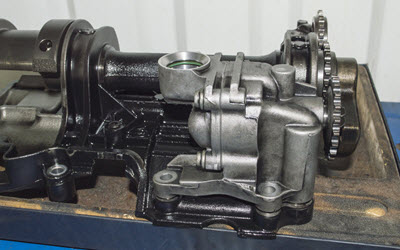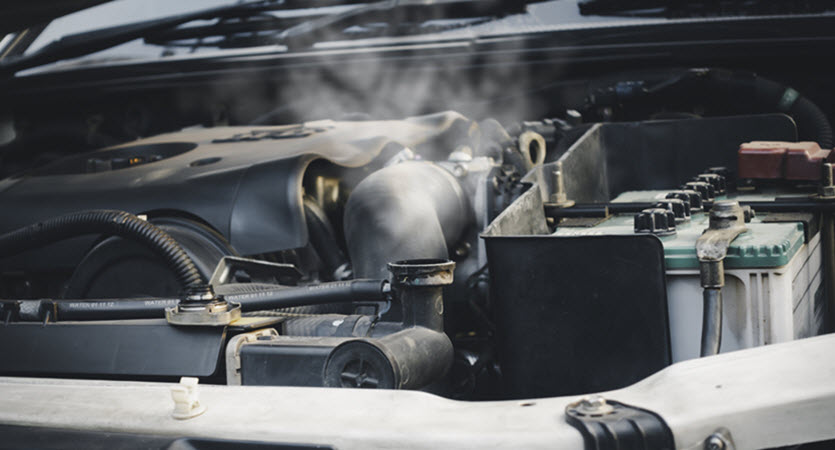In Volvo cars, an oil pressure switch is used to monitor the pressure of the engine oil. The switch is located on the side of the engine, near the oil filter. It consists of a housing, a spring, and a switch. The housing is made of metal and has two ports: one for the oil line and one for the wire that goes to the dash. The spring is located inside the housing and rests against a diaphragm. The diaphragm has a hole in it that allows oil to flow through. When the engine is off, the spring pushes the diaphragm closed, sealing the hole. When the engine is running, the oil pressure against the diaphragm opens the hole and allows oil to flow through.
This flow of oil completes the circuit between the Volvo model’s battery and dash, lighting up an indicator on the dash that lets you know your oil pressure is normal. If there’s ever a drop in pressure, this switch will trip, shutting off power to the dash light and warning you that there may be an issue with your engine oil pressure.
Warning Indications that Your Oil Pressure Switch is Failing
Volvo vehicles are equipped with an oil pressure switch that is responsible for monitoring the oil pressure in the engine. If the oil pressure falls below a certain level, the switch will activate and illuminate a warning light on the dashboard. This is intended to alert the driver that there is an issue with the oil pressure and that they should take action to avoid engine damage.
There are four main signs that indicate that an oil pressure switch may be failing:
- If the Volvo oil pressure switch is failing, it may cause the engine to overheat due to lack of lubrication.
- Your engine may lose power suddenly.
- The engine may make knocking or ticking noises.
- Your oil pressure warning light is constantly illuminated, even when the engine is turned off or if your oil pressure warning light fails to come on when the engine is started.
- Volvo vehicles are equipped with an onboard computer system that may display a “check engine” or “service engine soon” message if the oil pressure switch is failing.
If you notice any of these signs, it is important to have your Volvo checked by a qualified technician as soon as possible to avoid further damage to your engine.
Reasons for Oil Pressure Switch Failure
- The most common cause of failure is simply wear and tear. Over time, the switch can become corroded or damaged, preventing it from functioning properly.
- Other causes of failure include physical damage and electrical issues.
- The switch can also be damaged by dirt or debris buildup, or by a faulty oil pump.
- In some cases, a Volvo oil pressure switch failure can be caused by a problem with the engine itself. For example, if the engine is low on oil, it will not be able to generate enough pressure to activate the switch.
As a result, it is important to have your Volvo regularly serviced to ensure that all components are in good working order.
Swedish Auto Service
If this switch fails, it can cause the engine to overheat or seize up. To check for this type of failure,  our mechanics will first hook up a diagnostic computer to the vehicle. This will help us to see if there are any codes or errors being generated by the oil pressure switch. Once we have confirmed that the switch is the problem, we will replace it with a new one. We will then test-drive the vehicle to ensure that the new switch is working properly. By following these steps, we can quickly and effectively repair an oil pressure switch failure.
our mechanics will first hook up a diagnostic computer to the vehicle. This will help us to see if there are any codes or errors being generated by the oil pressure switch. Once we have confirmed that the switch is the problem, we will replace it with a new one. We will then test-drive the vehicle to ensure that the new switch is working properly. By following these steps, we can quickly and effectively repair an oil pressure switch failure.
If you live in or nearby Cedar Park, Round Rock, Leander, or Austin, TX, come in today to visit our shop and speak to our mechanics. We are here to diagnose and inspect your Volvo or other luxury model and get it back to top condition. At Swedish Auto Service we offer Volvo drivers throughout the Austin area a more affordable alternative for service that never sacrifices quality.





